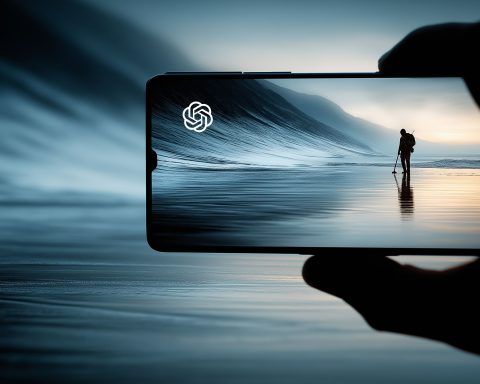
OpenAI’s Sora 2: Revolutionary AI Video App or Deepfake Nightmare?
What Exactly Is Sora 2? Sora 2 is OpenAI’s newest text-to-video artificial intelligence model, capable of generating short video clips with synchronized audio from a written prompt or image. In essence, it lets you “turn your words into worlds”, as

